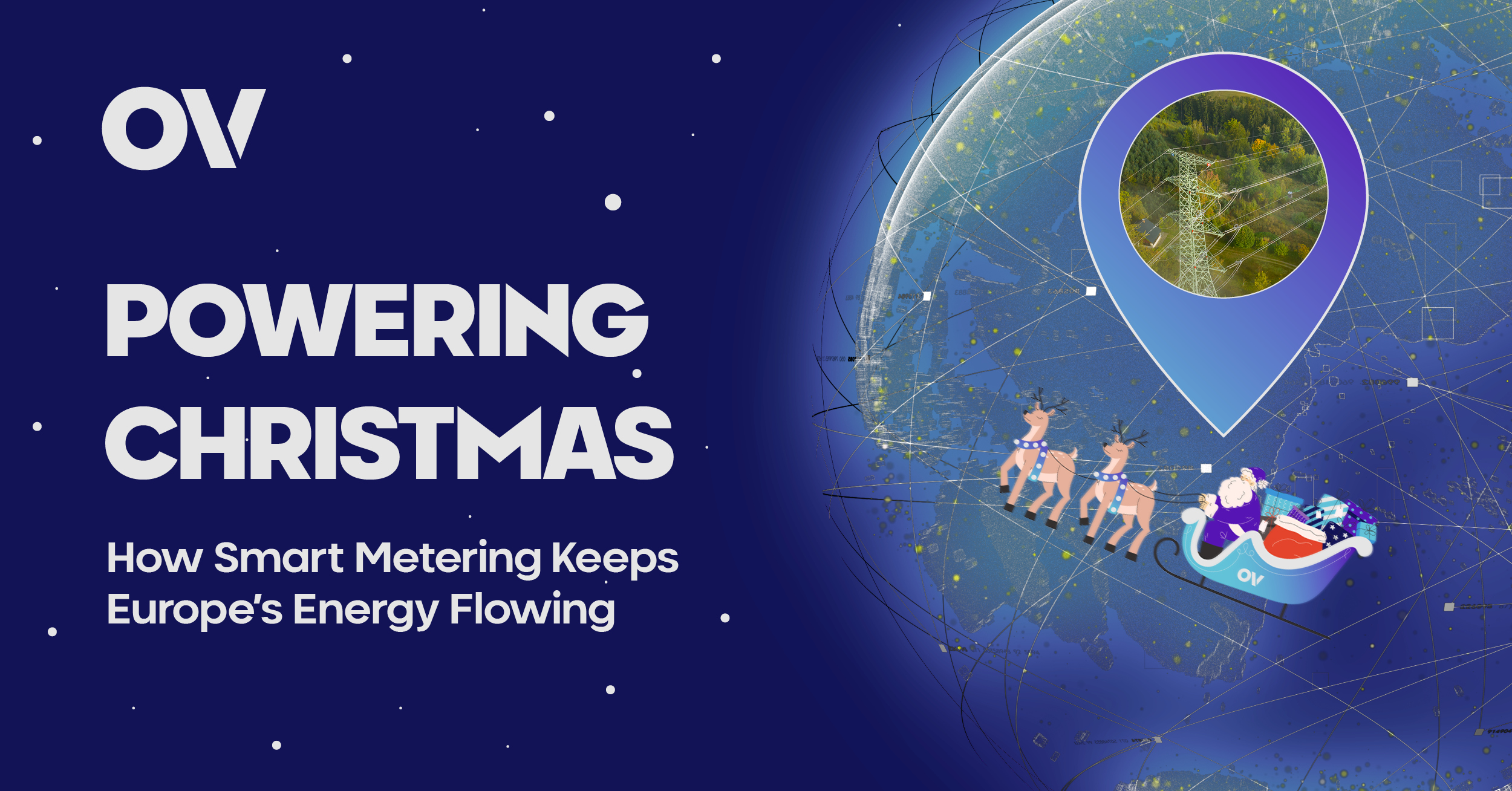Originally published
July 9, 2024
Last Updated
July 8, 2025
In the rapidly evolving world of the Internet of Things (IoT), the choice of connectivity can significantly impact the efficiency, reliability, and future-proofing of your devices. As we move deeper into the era of connected devices, the traditional 2G and 3G networks are increasingly being overshadowed by more advanced technologies such as LTE-M. This blog will delve into the similarities and differences between 2G/3G and LTE-M, highlighting why upgrading to LTE-M is not just beneficial but crucial for modern IoT applications.
Understanding 2G/3G and LTE-M
2G (Second Generation) networks, introduced in the early 1990s, brought digital voice and basic data services. 3G (Third Generation), followed in the 2000s, offering faster data speeds and enabling more complex mobile internet applications. These networks laid the groundwork for mobile connectivity but are now considered outdated for the demands of contemporary IoT solutions.
LTE-M (Long-Term Evolution for Machines), part of the broader 4G LTE technology, is specifically designed for IoT applications. It offers enhancements over traditional LTE to support the unique requirements of IoT devices, including lower power consumption, better coverage, and cost-efficiency.
Key Differences Between 2G/3G and LTE-M
1. Power Efficiency
One of the standout features of LTE-M is its power efficiency. IoT devices, particularly those operating in remote locations or requiring long battery life, benefit significantly from LTE-M's power-saving modes. LTE-M supports Power Saving Mode (PSM) and Extended Discontinuous Reception (eDRX), which allow devices to enter low-power states when not actively transmitting data. This is a stark contrast to 2G/3G networks, which were not designed with such power efficiency in mind, often leading to shorter battery life in IoT devices.
2. Coverage and Penetration
LTE-M offers superior coverage and penetration compared to 2G and 3G networks. It operates on existing LTE networks but with enhancements that allow it to reach deeper into buildings and basements, and over wider areas. This is particularly beneficial for IoT applications in challenging environments such as underground utilities, rural areas, or inside large industrial facilities.
3. Data Throughput and Latency
While 2G and 3G networks provide sufficient data rates for basic IoT applications, LTE-M offers improved data throughput and lower latency. This enables more complex and real-time applications, such as live tracking, remote monitoring, and instant alerts. The reduced latency is crucial for applications where timely data transmission is essential, such as in healthcare monitoring or emergency systems.
4. Network Longevity
The sunset of 2G and 3G networks is already underway in many parts of the world, with operators repurposing these frequencies for newer technologies like 4G and 5G. LTE-M, being part of the 4G family, ensures longevity and compatibility with future network upgrades. Investing in LTE-M means your IoT devices will remain operational and supported for many years to come, avoiding the potential need for costly hardware replacements.
5. Cost Efficiency
LTE-M is designed to be cost-efficient, both in terms of module costs and data plans. Modules for LTE-M are generally less expensive than those for traditional LTE, making it a more affordable option for large-scale IoT deployments. Additionally, the enhanced coverage and power efficiency translate to lower operational costs over the device's lifetime.
Benefits of Upgrading to LTE-M
Given the differences outlined above, the benefits of upgrading from 2G/3G to LTE-M for IoT applications become evident. Here are some key advantages:
1. Extended Battery Life
With features like PSM and eDRX, LTE-M significantly extends the battery life of IoT devices. This is particularly important for devices that are deployed in hard-to-reach areas or where frequent battery changes are impractical.
2. Improved Coverage
LTE-M's enhanced coverage capabilities ensure reliable connectivity even in challenging environments. This means fewer connectivity issues and better performance for IoT applications, leading to more reliable data collection and transmission.
3. Futureproofing
As 2G and 3G networks are phased out, devices operating on these networks will become obsolete. LTE-M ensures that your IoT investments are protected against network shutdowns, providing a pathway to future-proof your IoT infrastructure.
4. Enhanced Data Capabilities
The higher data throughput and lower latency of LTE-M enable more sophisticated IoT applications, from real-time monitoring to advanced analytics. This can open up new possibilities and improve the efficiency and effectiveness of your IoT solutions.
IoT Devices Suitable for LTE-M
Several IoT devices are already taking advantage of LTE-M technology. Here are a few examples:
Smart Meters: LTE-M is ideal for utility meters that need to send regular usage data without requiring constant connectivity.
Asset Trackers: Devices used for tracking vehicles, shipments, or valuable assets benefit from LTE-M's extended coverage and low power consumption.
Wearables: Health monitoring devices and fitness trackers leverage LTE-M for reliable data transmission and long battery life.
Industrial Sensors: Sensors in manufacturing plants or agricultural fields use LTE-M to report data in real-time, enabling better monitoring and management of processes.
Smart Cities: Applications such as smart street lighting, waste management, and environmental monitoring rely on LTE-M for its broad coverage and efficiency.
The transition from 2G/3G to LTE-M is more than just an upgrade; it's a necessary step to keep pace with the growing demands and sophistication of IoT applications. LTE-M offers clear advantages in terms of power efficiency, coverage, data capabilities, and futureproofing, making it the ideal choice for modern IoT deployments. By embracing LTE-M, businesses and organisations can ensure their IoT devices operate efficiently, reliably, and cost-effectively well into the future.
Upgrading to LTE-M is not just a technical decision but a strategic one that positions your IoT infrastructure to leverage the full potential of next-generation connectivity. At OV, we are the only IoT solutions provider to have full, national coverage on LTE-M in the UK. Don't let your IoT applications fall behind, make the switch to LTE-M and unlock new opportunities for innovation and growth.
READ MORE
DISCOVER MORE NEWS AND DEVELOPMENTS IN IOT & GLOBAL CONNECTIVITY





